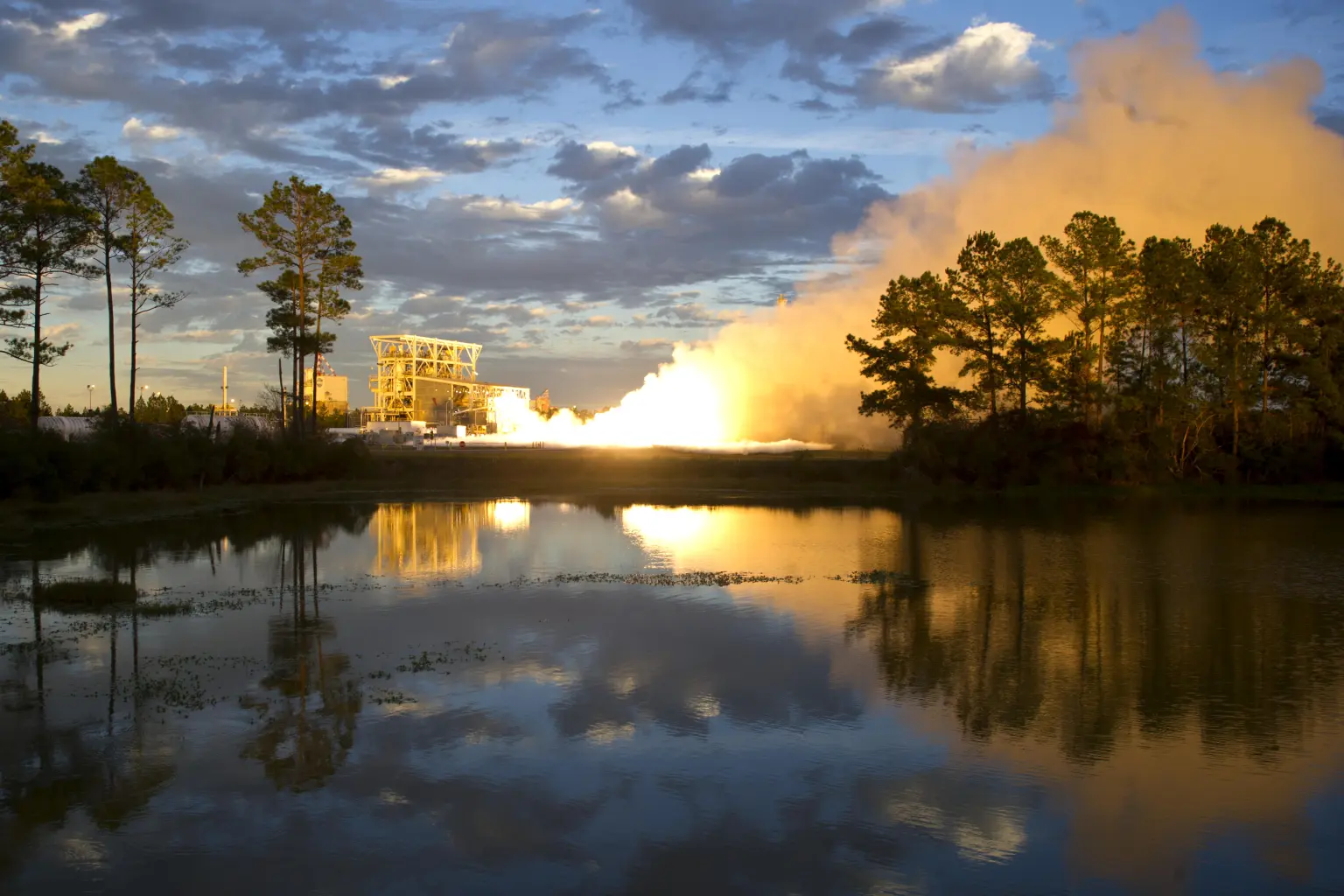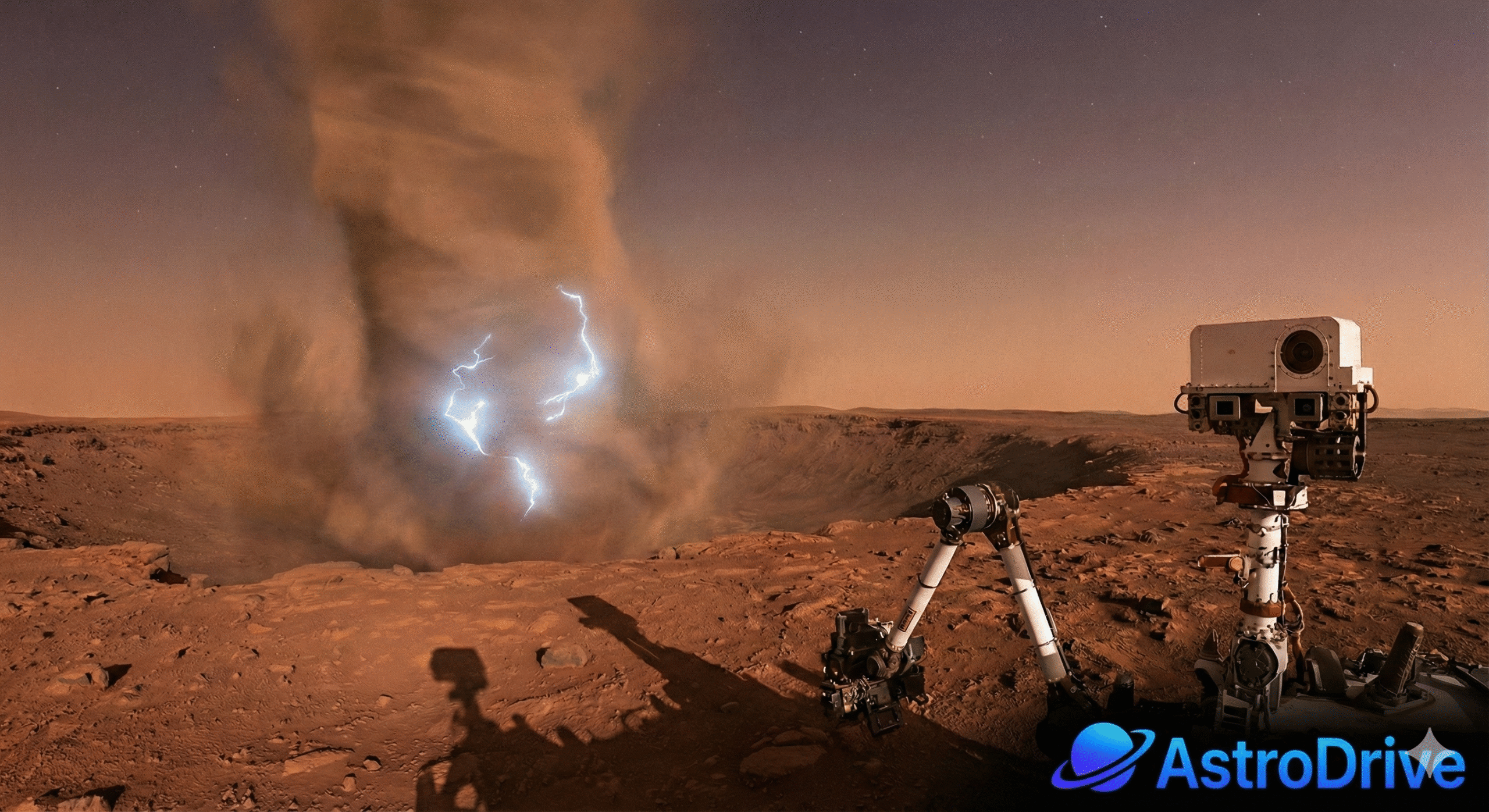NASA Stennis Space Center: A National Aerospace Hub

Introduction
Powering Space Exploration for DecadesIf “location, location, location” defines success in real estate, then it’s no surprise that NASA’s Stennis Space Center stands out as one of the nation’s most valuable aerospace and technology hubs.
Powering Space Exploration for Decades
For nearly 60 years, NASA Stennis has served as the country’s largest and premier rocket propulsion test site. Its unmatched infrastructure and expertise have fueled America’s human spaceflight programs, from Apollo to the Space Shuttle, and now Artemis — NASA’s mission to return astronauts to the Moon and prepare for Mars.
A Hub for Agencies and Innovation
NASA Stennis is more than a test site. It is a thriving federal city that attracts agencies, universities, and private companies. Tenants describe it as offering strategic advantages, local expertise, collaborative opportunities, and a valuable security buffer. The NASA Shared Services Center benefits from its location at the site, citing substantial advantages that streamline business operations. The North Gulf Institute also relies on its position at Stennis to advance hurricane forecasting, ecosystem management, and fisheries research, strengthened by partnerships with the Naval Meteorology and Oceanography Command and the National Data Buoy Center. Similarly, the National Centers for Environmental Information operated by NOAA credit their mission success to being co-located with federal partners across the site.
Industry Partners Driving Innovation
Private companies also thrive at Stennis. Relativity Space, the site’s largest commercial tenant, calls the infrastructure unparalleled and essential for testing its Terran R rocket engines. L3Harris Technologies has supported Apollo, Shuttle, and Artemis missions for decades through its operations at Stennis. Lockheed Martin established a full production facility for propulsion systems in 2008, taking advantage of the site’s extensive testing services. Evolution Space is also building production and testing capabilities for solid rocket motors, relying on the world-class expertise available onsite. In addition, both Mississippi and Louisiana technology offices maintain a presence at Stennis, reinforcing the regional technology ecosystem and boosting economic growth.
A Strong Navy and Federal Presence
The U.S. Navy maintains a major presence at Stennis, with operations that include the Naval Meteorology and Oceanography Command, the Naval Oceanographic Office, the Naval Small Craft Instruction and Technical Training School, and other divisions. The Navy began moving to the site in the 1970s, attracted by the security and safety of the acoustical buffer zone. The U.S. Department of Homeland Security also takes advantage of the site’s secure and resilient environment, hosting its information technology and applications operations there.
Honoring a Vision and Legacy
The National Data Buoy Center, the first federal tenant at Stennis in 1970, has witnessed the site’s growth into one of the world’s largest concentrations of oceanographers. Its director, Dr. William Burnett, recalls that from its inception, Senator John Stennis and other leaders envisioned a place where America would push the boundaries of the unknown, from the depths of the oceans to the far reaches of space. That vision, he notes, still lives on at NASA Stennis, where the National Data Buoy Center continues its mission to safeguard maritime safety while thriving within the collaborative spirit of the community.



Nice one
Love how detailed this one is with th different sections
K89betvip, so it says VIP! Let’s see if the VIP treatment matches the name. Expecting high-roller features and top-notch support. Let’s spin and see what happens: k89betvip
Just started playing at xx88city and they have some interesting promotions going on. The bonuses are pretty tempting! So far so good. Give it a shot! xx88city
Bbjlcasino, alright! Jumped in and found some games I really like. The user interface is not bad. Gonna keep rolling the dice and see what happens over at bbjlcasino
The w388app works great on my phone. Easy to navigate and place bets quickly. A must-have if you’re always on the move. Download the app here: w388app
AH88APP, the REAL deal! Finally a decent app that lets me get my game on while I’m waiting in line. No lag, smooth gameplay on my phone. Worth checking out if you’re tired of desktop. ah88app